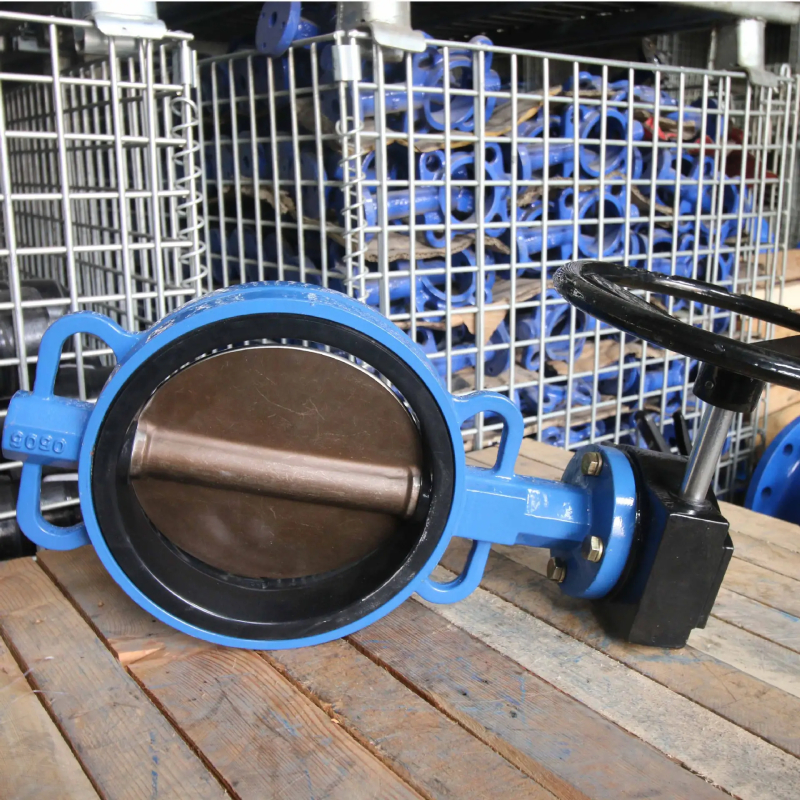1 月 . 06, 2025 19:13 Back to list
Electric soft seal gate valve
The world of industrial and residential piping systems thrives on the diversity of valve types, each uniquely designed to regulate, control, and direct the flow of fluids. While casual observers may take these components for granted, professionals recognize the profound impact valve selection can have on system efficiency, safety, and longevity.

Ball valves are revered among practitioners for their simplicity and durability. These quarter-turn valves use a hollow, perforated, and pivoting ball to control flow. With a swift 90-degree turn, ball valves provide a secure shutdown, making them ideal for applications where reliability and fast operation are paramount. Due to their robust structure, they efficiently handle high-pressure and high-temperature environments, earning their place in industries from oil and gas to chemical processing.
Gate valves, another popular choice, operate by lifting a gate out of the fluid path. Their prime advantage is in systems requiring infrequent use, as they offer minimal resistance when fully open and a tight seal when closed. While not suitable for throttling purposes, they excel in applications demanding unobstructed flow, such as water distribution systems. Experts often choose gate valves for pipelines spanning long distances due to their ability to maintain low-pressure drops and energy savings over time.

In scenarios where precision is paramount, professionals turn to globe valves. These valves allow for meticulous flow control, a critical feature in applications like fuel oil systems and cooling water systems. Engineers appreciate their precise throttling ability and the linear motion control they offer, although they may introduce slightly higher friction losses compared to gate valves. Their design, typically comprising a movable disk and a stationary ring seat, makes globe valves the go-to in situations requiring frequent operation and flow modulation.
Butterfly valves are celebrated for their compact size and efficiency in regulating large volumes of water. Their advantage lies in their disc mechanism, which operates perpendicular to the flow, providing quick shutoff capabilities. Favored in applications like HVAC systems and fire water lines, butterfly valves offer a cost-effective solution without compromising performance. Additionally, advancements in materials and technology have enhanced their durability, sealing capabilities, and temperature resistance, further expanding their applicability in modern industrial systems.
valve types
Check valves play a critical safety role in numerous industrial systems, preventing backflow and safeguarding equipment. They automatically permit fluid flow in one direction while blocking reverse flow, operating without manual intervention. This unidirectional feature is crucial in maintaining system integrity in systems like pumps and compressors. With types ranging from swing check to lift check valves, professionals select based on specific system requirements such as fluid type, pressure levels, and space constraints.
Across all these varieties, material choice is vital, influencing a valve's performance and compatibility. Stainless steel, cast iron, PVC, and brass offer varied benefits concerning corrosion resistance, temperature tolerance, and pressure capacity. As systems grow more complex and diverse, understanding these material properties becomes as important as the valve type itself.
Ultimately, selecting the correct valve requires a deep understanding of the system dynamics and the specific operational requirements. Industry specialists emphasize the importance of considering factors such as fluid characteristics, operational environment, and maintenance needs. Leveraging this expertise not only ensures optimal system performance but also enhances safety, cost-efficiency, and durability.
In the continuous evolution of piping and fluid control technology, staying abreast of innovations and improvements in valve design and materials enables industry leaders to make informed decisions. By prioritizing a strategic valve selection process, facilities can avoid costly downtimes and bolster operational success.
-
Y Type Strainers: A Comprehensive GuideNewsOct.18,2024
-
Understanding Water Valve Options for Your NeedsNewsOct.18,2024
-
Functions and TypesNewsOct.18,2024
-
An Essential Component for Fluid SystemsNewsOct.18,2024
-
Adjustment and ReplacementNewsOct.18,2024
-
Slow Closing Check Valves: A Key Component in Fluid SystemsNewsOct.08,2024
Related PRODUCTS









